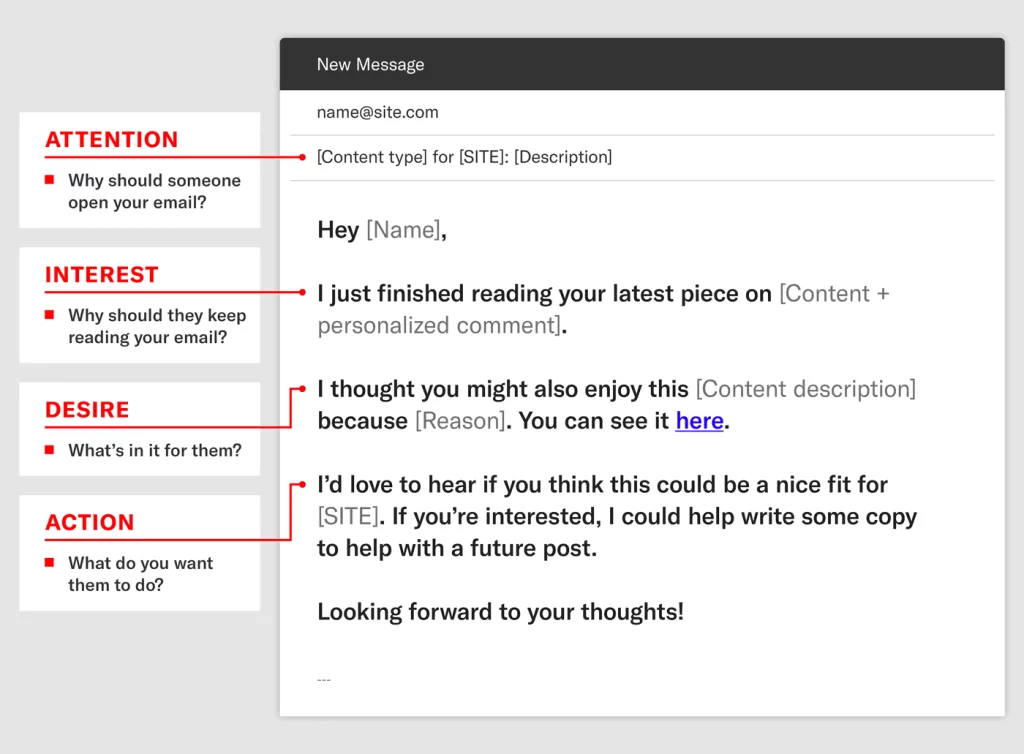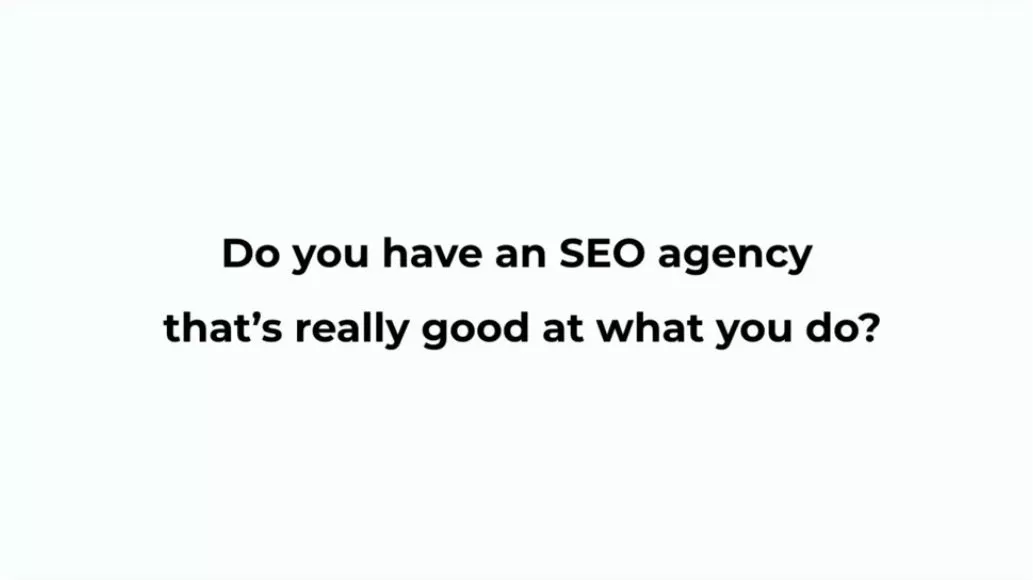With the majority of news stories and information consumed alone, it’s not surprising that PR has entered the search landscape. This allows the traditional public relations we know to be fully utilized in helping brands climb Google’s search results.
Many still need clarification about whether digital PR is part of link building (or search engine optimization) as a whole or could be seen separately as a marketing discipline for enhancing brand reputation.
By practice, Digital PR is a brand reputation concept that helps control the public perception of a particular brand. It prioritizes content that serves human interest, and as a result, it naturally accumulates backlinks from highly reputable publications and news sites.
Some SEO agencies have long blended digital PR with their current SEO processes to improve their clients’ rankings. In many ways, digital PR is beneficial for SEO purposes, including:
- Helping authors distribute content on A-list publications that don’t easily allow typical bloggers to publish content.
- Introduce new strategies to focus on content that will link organically over time instead of content assets that heavily rely on manual outreach to succeed.
- Build domain authority through homepage links from publications covering the brand stories.
- Improve branded searches through mentions and links.
- Increases both brand and non-brand traffic through mentions and links
- Be seen as a topical authority, as users started to view your brand as an authoritative voice in the industry.
Besides links as one of the products, digital PR also has many upsides to the entire branding approach, to name a few:
- It enhances the brand reputation and visibility online.
- It helps garner interest from startup founders looking for additional investments.
- It assists in creating a community that supports one’s agenda and interests.
In today’s guide, we’ll examine actionable tips for best approaching digital PR and leveraging its strength to acquire more links and authority for your brand.
1. Get First-Mover Advantage For Holidays
With the sea of emails journalists receive daily during holiday events (e.g., Christmas), your pitch will be drowned in their inbox during December.
By being the first-mover in your industry to relate stories with Christmas, you’ll have more chances of getting noticed by journalists still preparing for their subsequent bulk of Christmas stories.
It also helps to be more flexible when certain parts of stories have to change to match the journalists’ interest in exclusively covering them.
You can also plan your follow-up email strategy weeks before to land more responses and digital PR opportunities for your brand stories.
2. Use Google Trends’ Trending Now For Reactive PR
In creating content that matters, you make the best or be the first to cover the story.
By diving into the topic first, you have the opportunity to receive the early massive gains of exposure to content and potential links through link building from other publications covering the story. We call it reactive PR campaigns.
Jumping on hot trends and tangentially on-brand relevant topics can help drive awareness of your site’s expertise and build brand authority.
Google Trends has a new feature called “Trending Now” that highlights real-time popular search topics and queries. It helps provide insights into what’s currently capturing public interest.
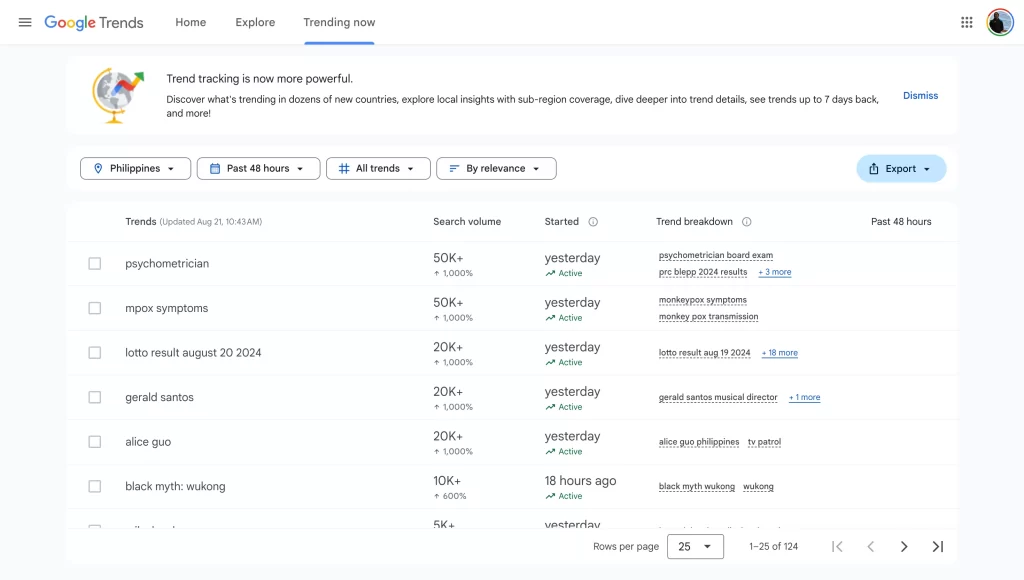
This feature allows you to sort current trends by recency, title, search volume, and significant trends (relevancy), helping you find relevant trends in your industry more effectively.
For instance, mpox is a current trend in the Philippines, and many locals wonder about its symptoms and current effect, including the number of people affected by this disease. If you’re into the healthcare industry, this is a topic that you can cover strategically backed up with deep data and the expertise of your internal healthcare professionals.
3. Use Corporate Logo in Email Signature
A subtle improvement in SEO outreach can help define its success.
One proven way is by using a corporate logo in the email signature. Based on the study by Redsift, “when a brand’s emails had a logo, but competitors did not, opens increased by 21% in the US and 39% in the UK”.
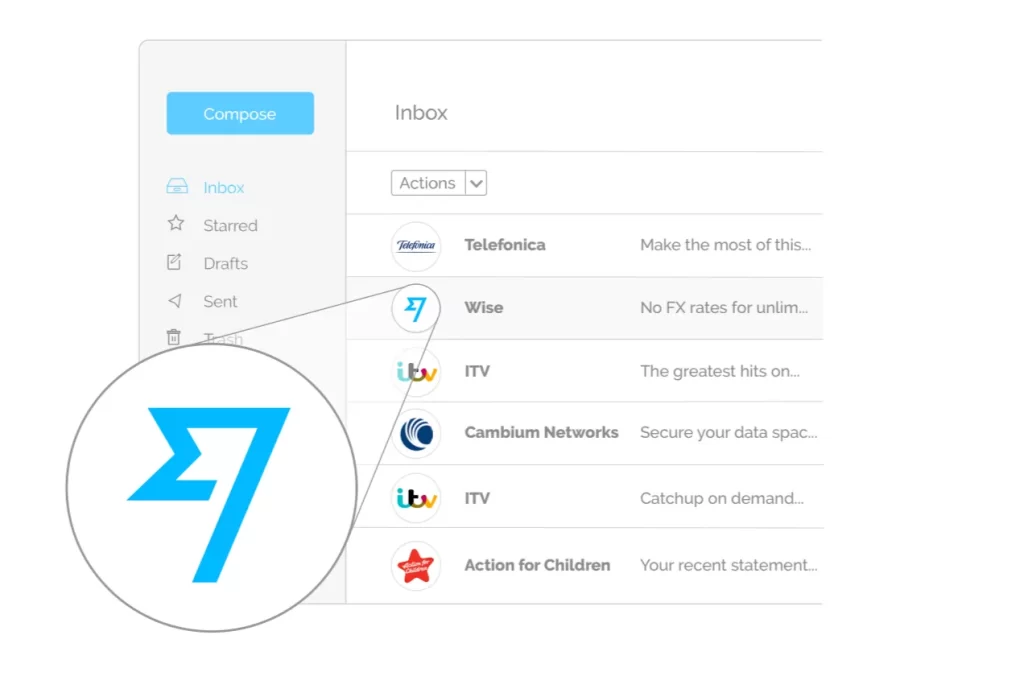
Having a corporate logo initially helps build trust with the recipient, as it depicts you as a real human being, not a fake/dummy account just being used for spammy email purposes.
You should include a corporate email signature of the sender’s position in the company and other relevant details to build outreach credibility.
4. Create Author Pages
One of the by-products of Digital PR campaigns is having journalists and news writers link to your page. That itself helps bring link equity, which will help build your page’s authority and climb higher on Google’s SERPs for its target keywords.
You may consider creating author pages for easy link attribution in digital PR campaigns. By having an author page, you help journalists find a relevant place to link to. It also increases brand awareness, as people can learn more about the author, thought leader, or personality being quoted in the story.
It also helps optimize and strengthen your authorship, which brings more positive off-page SEO signals to your website.
Create author pages for internal experts in your team. Include publications that mention them and any relevant work history, achievements, and recognitions in the industry.
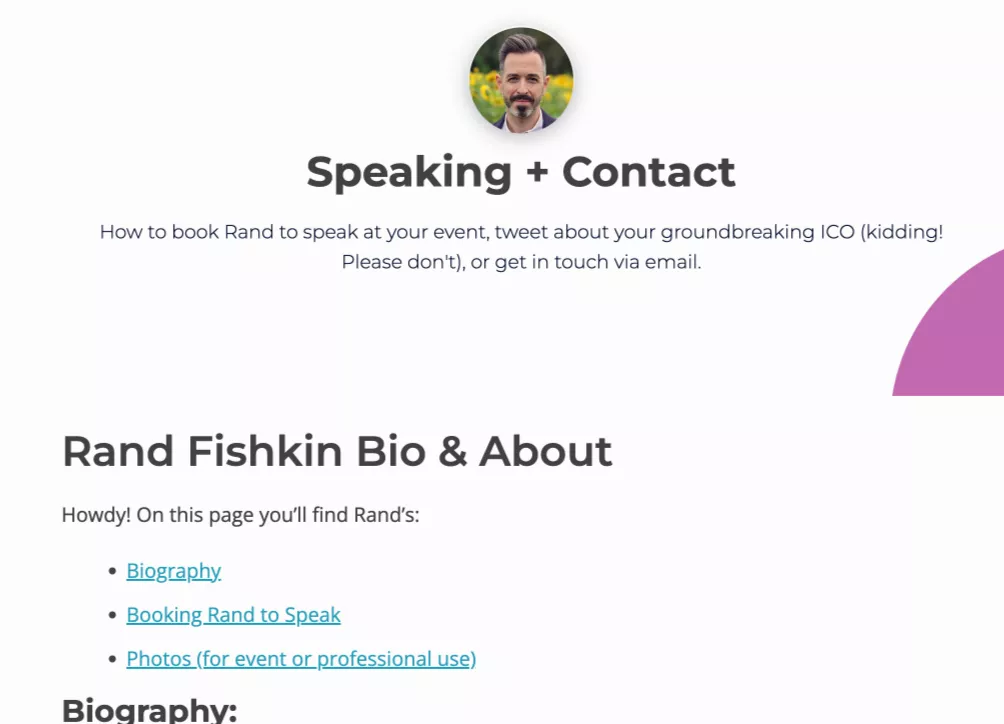
For some publications, it would be easier to ask to link to an author page instead of the homepage (if, by any chance, there’s no opportunity for a homepage link). So, having author pages could prepare you for the linking opportunity at hand.
You can also utilize internal linking to include product or service pages in the author page to flow link equity to other pages that bring revenue to the brand. This helps other pages increase their page authority and rank for their respective keywords.
5. Use #IFFT for #journorequest
Social media has been a source of opportunities for any brand to be noticed through its stories, launches, and events.
By taking advantage of journalists who are actually looking for quotes and expertise on topics they’re currently or about to cover in their publications, you’ll have chances of landing brand exposure for A-list publications.
Set up alerts using #IFFT to get notified of the latest tweets with the hashtag # journorequest that content creators and journalists use when looking for interview quotes.
Be one of the early respondents to quote requests to increase the likelihood of landing a mention for your story or expertise on a given topic.
6. Discover More Publications with Linking Authors
Authorship optimization has become part of the major SEO processes for many SEO practitioners today. Not only does it help increase authority and trust in websites as users perceive brands with more profound expertise and greater experience to create helpful content, but it also adds a layer to many link building campaigns for earning organic links for informational content.
Discovering authors in your space could help you find publications that haven’t covered your brand stories and expertise.
You can use Ahrefs’ new feature, ‘Linking Authors, ‘ to help semi-automate some of the link prospecting processes. It assists in comparing your brand’s link profile with your competitors’ so you can easily see the authors who are writing about your competitors in one place.
Plug in the URL to find out which publications have written about the brand and discover authors at those publications.
It brings new contacts not only for a digital PR campaign but also for other link building strategies, such as guest posting, which demands new contacts of authors to partner with for content creation.
7. Master AIDA in Email Outreach
The AIDA principle is a common practice in marketing. It refers to Attention, Interest, Desire, and Action. Structuring a marketing campaign to capture attention and interest, increase desire, and establish a solid call to action are all essential to drive better outreach results.
The same principle can be applied to reaching out to journalists and publishers. They didn’t have days to consume your actual message. With seconds of skimming right through the email, it should speak of what you have to offer to the table.
Here’s an excellent example of an email outreach template from Siegemedia that incorporates AIDA principles.
8. Align Pitches To Coverage Areas
According to the State of Journalism 2024 report by Muck Rack, one of the top reasons pitches are often rejected is that the PR emails are irrelevant to the coverage area. Nearly three-quarters of journalists decline pitches without clear relevance to their content theme.
It’s essential to examine the journalist and his coverage area (and the subject matter of his columns) to identify whether the brand stories you’re sharing align with his content work.
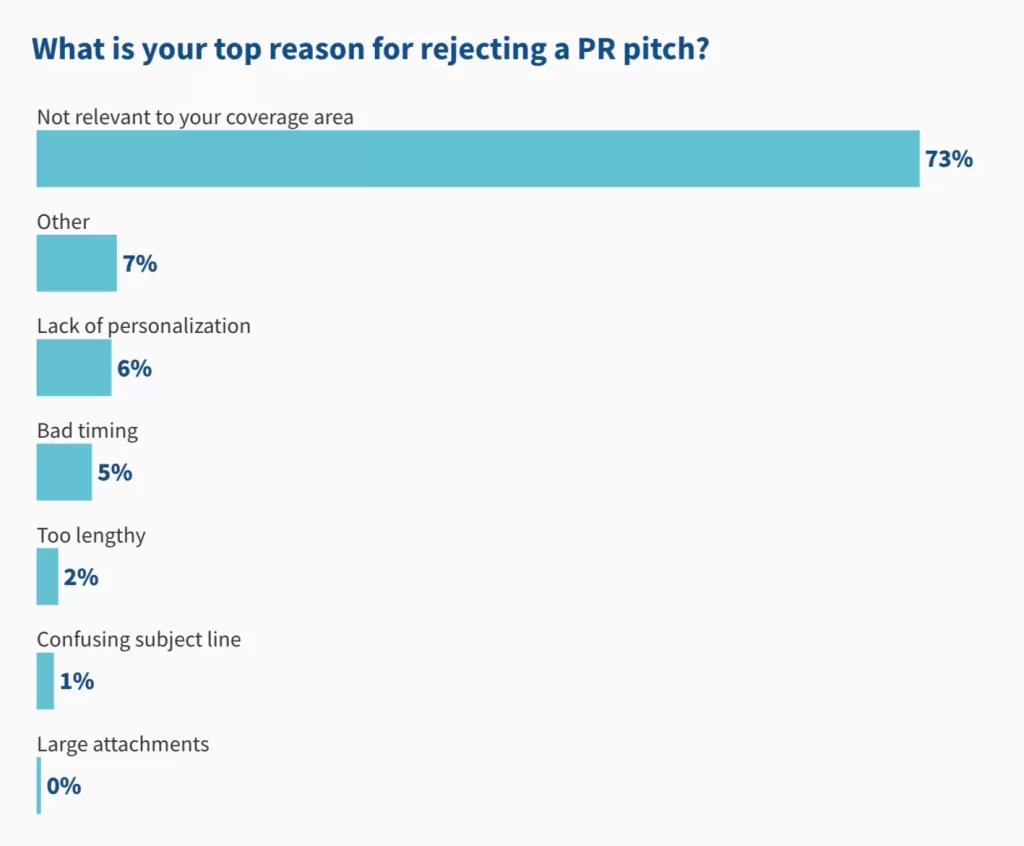
Organize a list of journalists and publishers along with their coverage areas (industry categories and sub-niches) so you can quickly glance at what they usually write about before sending any initial pitch.
The Author
Venchito Tampon
Venchito Tampon is a Filipino Motivational Speaker, Corporate Trainer, and a Leadership Speaker in the Philippines. He is the CEO and Co-Founder of SharpRocket, a link building agency. With a decade of experience, Venchito has a proven track record of leading hundreds of successful SEO (link builidng) campaigns across competitive industries like finance, B2B, legal, and SaaS. His expert advice as a link building expert has been featured in renowned publications such as Semrush, Ahrefs, Huffington Post and Forbes. He is also an international SEO spoken and has delivered talks in SEO Zraz, Asia Pacific Affiliate Summit in Singapore, and Search Marketing Summit in Sydney, Australia. Check out his other businesses, Hills & Valleys Cafe, Blend N Sips and Saas Pursuit.
How our LINK BUILDING AGENCY in UK builds 250 links/mo consistently using Predictable Link Building Methodology™…
- Using a SIMPLE and PROVEN system
- Using a SCALABLE strategy
- No private blog networks
- No creepy outreach emails
